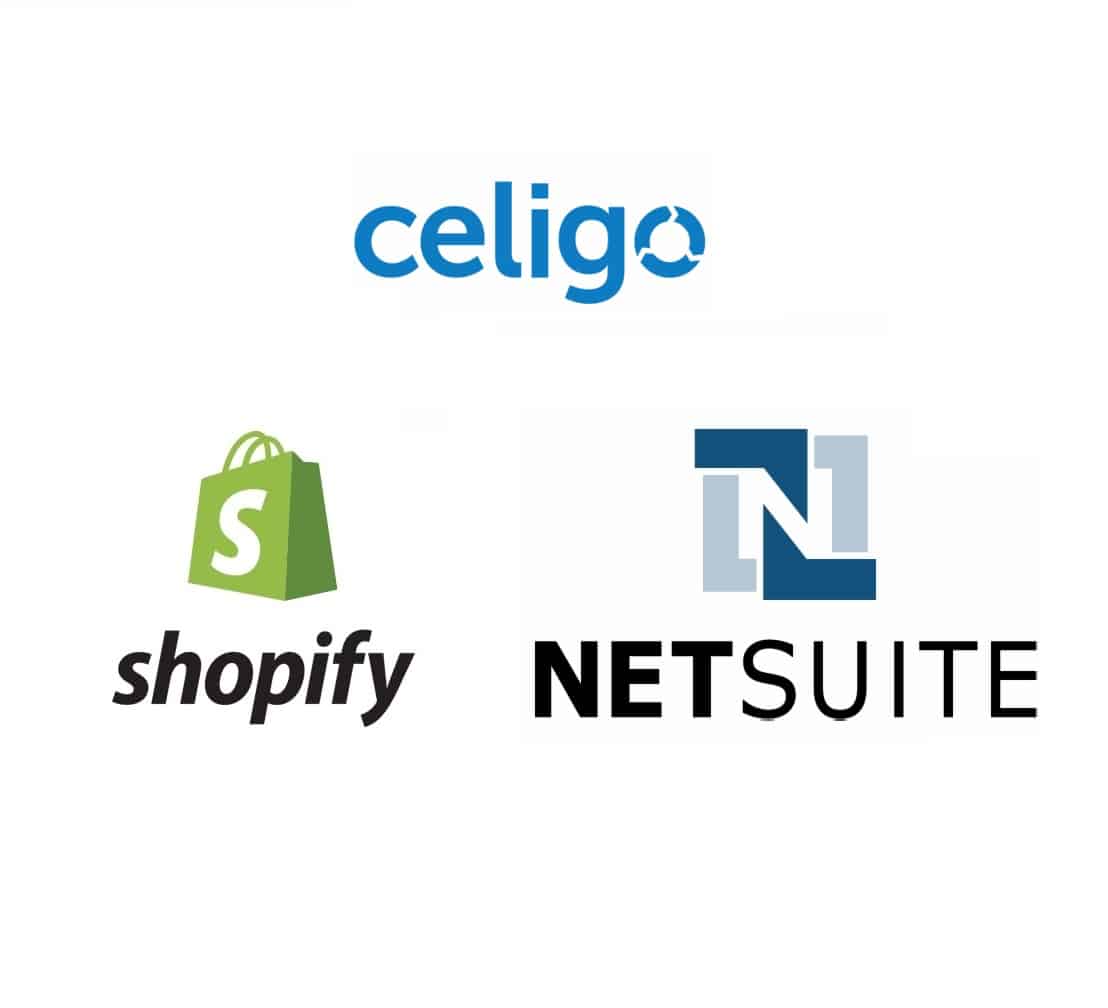Simply put, you need to pick a platform that works best for your needs and has elements that are necessary for an online store. The most common website builders and platforms are 3dcart, Shopify, Joomla, and BigCommerce.
2) Having no SEO Strategy
No matter how organized or attractive your e-commerce website is, it won’t do your business any good if nobody is visiting it. For that matter, it all boils down to how well you rank on prominent search engines such as Google. Landing on the first page of search results should be a priority as this substantially raises your business’ chances of success. For this, your website needs great search engine optimization or SEO ranking. Contrary to public opinion, SEO is not just all about putting in a few keywords and other search phrases on the website. Proper SEO includes plenty of other elements that will give you a precise idea of what and when to post so that your content is placed in front of the most number of people. One great way of raising your website’s SEO is to include plain text captions for all images as search engines like Google can only recognize plain HTML text.
3) Website has no flow
The goal of your website is to let visitors peruse the pages, so you have to endeavor to make the experience as hassle-free and as pleasant as possible. You need to make sure things are in order so any visitor will be able to easily find what it is they are looking for on your website.
Your goal should be to let visitors click around the site while still retaining a purpose. You surely don’t want them to just click around your website because they’re lost as this is a fast way to lose them. But rather, because they’re interested in the products you’re offering and in the content, you’re presenting. In the same breath, you need to ensure that your website has the appropriate balance of text, imagery, and multimedia. The word balance here does not mean that the text, image and video should be of equal size but rather, it means you should offer just the right amount of each as is expected by your target audience.
You want your website visitors’ attention to be piqued just enough that they want to roam around the website. Because if you’re not giving them the right reasons to stick around, you’ll quickly lose the opportunity to reel them in for a possible sale.
4) Slow Server
The past few years have seen the Internet perform faster partly because more people have access to broadband Internet. But the question that a lot of entrepreneurs would like to know the answer to is: have e-commerce websites gotten faster as well? The answer provided by a recent study has determined that the top retail sites in the United States are 16% slower as the average e-commerce site’s load time has risen from 7.36 seconds to 8.56 seconds. Ensure that your e-commerce website has the best hosting company possible to ensure maximum performance.
These are crucial figures as other research studies have determined that a business loses an estimated 25% of its online visitors if the website takes longer than four seconds to load. Every second matters and each one that passes by that your visitor is unable to properly navigate your e-commerce site, you may be missing out on a large chunk of visitors and potential profit.
5) Inventory Management
Most entrepreneurs manage their inventory from their e-commerce platform. When you’re just beginning, this can be a cost-effective and handy measure for you and the rest of your team. However, as your business expands to more sales channels, this can prove problematic and you will need a more effective inventory management system. This is because eCommerce platforms aren’t made for this level of inventory management. They don’t have the capacity or cache to handle syncing and updating your inventory across all your sales channels. To remedy this, you need a single designated system to manage your inventory.
Avoid these 5 common mistakes when building your first e-commerce website
The development of your first e-commerce website is a complicated process, the intricacies of which, plenty of seasoned entrepreneurs are still trying to grasp. Designing it and operating it is no mean feat especially if it’s your first time to do so.
After all, e-commerce websites aren’t just a place where you can view products and catalogs. Rather it is a platform that you can use to give consumers a complete retail experience. You can tilt consumer loyalty your way with an eye-catching page design and easy-to-use payment options, just to name a few important elements.
Getting your e-commerce website up and running is just the first step. The real work begins when you have launched your online store and you must avoid these mistakes that businessmen oftentimes make so you can start making headway in your business.
1) Choosing the Wrong Platform
Let’s get—arguably—the most important thing when it comes to building an e-commerce website out of the way: the website building platform makes the foundation of your e-commerce website. This is what influences the performance, reach, appeal, design, and success of your e-commerce website. Your Content Management System or CMS is the framework of your content marketing campaign. Regardless of how compelling your content is, its impact will be minimal if your CMS is not able to display or manage it the right way.
Therefore, you just cannot afford to mess up this crucial part. Most of the website builders that you have access to online are based on the WYSIWYG framework, which lets you produce serviceable websites without having to write a line of code. However, some do need you to have some basic coding skills. Also, various website builders have various purposes as some are ideal for are for blogs, while others are made to assist startups.
It is also important to recognize that some CMS like WordPress was made for general web publishing purposes, while others like Magento were geared for e-commerce. Hence, some content management systems may not be versatile enough for an e-commerce site or their performance might lag especially during peak traffic hours.
Simply put, you need to pick a platform that works best for your needs and has elements that are necessary for an online store. The most common website builders and platforms are 3dcart, Shopify, Joomla, and BigCommerce.
2) Having no SEO Strategy
No matter how organized or attractive your e-commerce website is, it won’t do your business any good if nobody is visiting it. For that matter, it all boils down to how well you rank on prominent search engines such as Google. Landing on the first page of search results should be a priority as this substantially raises your business’ chances of success. For this, your website needs great search engine optimization or SEO ranking. Contrary to public opinion, SEO is not just all about putting in a few keywords and other search phrases on the website. Proper SEO includes plenty of other elements that will give you a precise idea of what and when to post so that your content is placed in front of the most number of people. One great way of raising your website’s SEO is to include plain text captions for all images as search engines like Google can only recognize plain HTML text.
3) Website has no flow
The goal of your website is to let visitors peruse the pages, so you have to endeavor to make the experience as hassle-free and as pleasant as possible. You need to make sure things are in order so any visitor will be able to easily find what it is they are looking for on your website.
Your goal should be to let visitors click around the site while still retaining a purpose. You surely don’t want them to just click around your website because they’re lost as this is a fast way to lose them. But rather, because they’re interested in the products you’re offering and in the content, you’re presenting. In the same breath, you need to ensure that your website has the appropriate balance of text, imagery, and multimedia. The word balance here does not mean that the text, image and video should be of equal size but rather, it means you should offer just the right amount of each as is expected by your target audience.
You want your website visitors’ attention to be piqued just enough that they want to roam around the website. Because if you’re not giving them the right reasons to stick around, you’ll quickly lose the opportunity to reel them in for a possible sale.
4) Slow Server
The past few years have seen the Internet perform faster partly because more people have access to broadband Internet. But the question that a lot of entrepreneurs would like to know the answer to is: have e-commerce websites gotten faster as well? The answer provided by a recent study has determined that the top retail sites in the United States are 16% slower as the average e-commerce site’s load time has risen from 7.36 seconds to 8.56 seconds. Ensure that your e-commerce website has the best hosting company possible to ensure maximum performance.
These are crucial figures as other research studies have determined that a business loses an estimated 25% of its online visitors if the website takes longer than four seconds to load. Every second matters and each one that passes by that your visitor is unable to properly navigate your e-commerce site, you may be missing out on a large chunk of visitors and potential profit.
5) Inventory Management
Most entrepreneurs manage their inventory from their e-commerce platform. When you’re just beginning, this can be a cost-effective and handy measure for you and the rest of your team. However, as your business expands to more sales channels, this can prove problematic and you will need a more effective inventory management system. This is because eCommerce platforms aren’t made for this level of inventory management. They don’t have the capacity or cache to handle syncing and updating your inventory across all your sales channels. To remedy this, you need a single designated system to manage your inventory.











